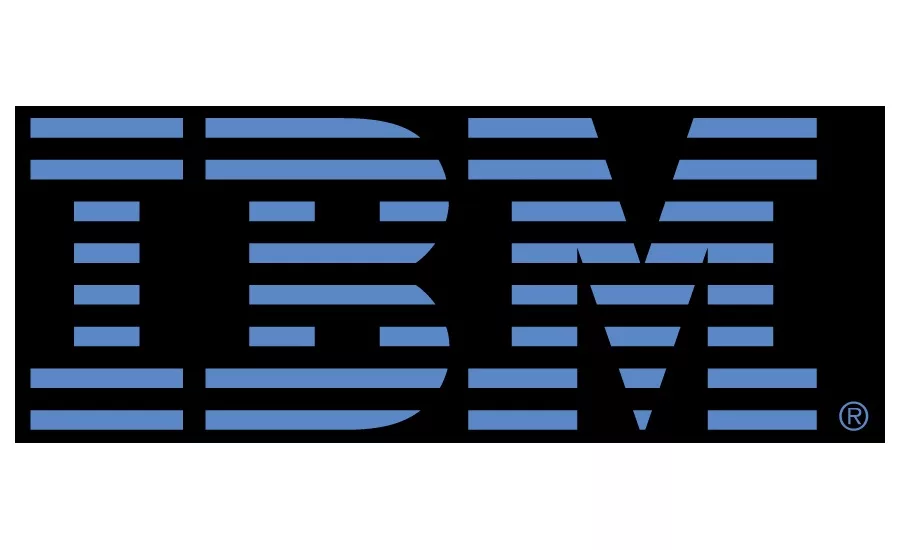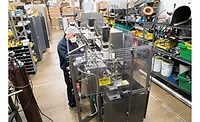Exclusive interview: Blockchain Q&A with IBM Food Trust

Food Safety Strategies was recently able to speak with Nigel Gopie, global marketing leader of IBM Food Trust, about blockchain and its benefits.
Liz Parker: What are the origins of blockchain?
Nigel Gopie: The concept of distributed ledger technology was first introduced with Satoshi Nakamoto’s 2008 whitepaper as a method by which to trade digital currency in an anonymous, de-centralized way. Originally a hallmark of cryptocurrency and the dark web, businesses began to understand that the technology could be used to record transactions of anything of value, whether tangible, intangible, or digital.
Blockchain types now include a permissionless, ledger where all transactions are seen by all on the network to blockchain applications built for business with various levels of permissioning such that there is a choice about what is shared with whom on the network. This means that various types of information may be differentially shared among your business partners whereas nothing needs to be shared with your competitor.
LP: What are the unique benefits of blockchain technology?
NG: You can think of blockchain as a distributed ledger for sharing information in an immutable and non-repudiable way. Because of its structure, blockchain enables trusted, encrypted, real-time interactions. Blockchain offers a shared version of a single truth and helps remove bottlenecks and inefficiencies by growing a community of trust in a trustless world. It also provides a permanent record of transactions which are grouped in blocks that cannot be altered. The technology could serve as an alternative to traditional paper tracking and manual inspection systems, which can leave supply chains vulnerable to inaccuracies.
The distributed nature of blockchain technology enables increased visibility across a network. For example, in supply chains, a blockchain-based solution can enable greater business intelligence, reduce waste, greater efficiency, better insights and analysis, and increased trust among members.
Looking for quick answers on food safety topics?
Try Ask FSM, our new smart AI search tool.
Ask FSM →
LP: Why is blockchain a good fit for food industry safety and traceability?
NG: Blockchain is a great fit for the food industry because of its ability to increase transparency and trust among a diverse ecosystem. As food travels through the supply chain, there are many different points of contact. Whereas traditional methods provide limited visibility into the path food takes after it is picked or processed, blockchain provides greater visibility of what is in our food, how and when it was processed, and its multiple touchpoints on its journey to our plates.
Blockchain also enables trust between transacting parties where it didn’t exist before. Due to the immutable nature of the technology, data entered into the blockchain cannot be changed, and is transparent to all permissioned parties on the network.
This is why IBM worked with a group of companies at various points in the food industry to build IBM Food Trust, a blockchain-based food traceability solution designed to bring greater efficiency and transparency across the food ecosystem.
Trusted data about the origin of food enables more surgical methods of tracing back and forward. For supply chain partners, this addresses the consumer demand on the food industry to provide greater traceability and transparency. For example, in the event of a recall, producers could quickly determine and prove that their products were not contaminated. They can also apply insights further downstream in the supply chain to make better business decisions (e.g., modify production practices based on knowledge of their product efficiency). There are countless advantages to using blockchain to help fill knowledge gaps and embrace a visible, digital supply chain.
Information sharing can bring benefits across the value chain—with everyone from small farmers to large retailers having access to more relevant knowledge to inform their business (e.g., improved efficiency, reduce costs) and to help society (e.g., quickly trace the location of impacted food to retailers or restaurants for removal). The benefits to each participant may be unique, but IBM Food Trust is designed so that the entire food ecosystem can benefit.
LP: Have any large food companies started using blockchain?
NG: Yes, currently more than 80 brands across the food ecosystem—from suppliers to producers to retailers—are working with IBM to increase the end-to-end visibility of food, from farm/producer to fork, using IBM Food Trust. IBM Food Trust is one of the largest non-crypto blockchain networks currently in production.
IBM Food Trust is impacting food supply chains around the globe. With the addition of Carrefour, one of the world’s leading retailers with more than 11,000 stores in 30 countries, to the IBM Food Trust ecosystem, consumers in Europe now have access to trusted information about particular foods traced on the solution. Nestle, Dole, Golden State Foods, Walmart and Driscoll’s -- along with small to medium farms and producers -- are other organizations using IBM Food Trust to meet the needs of the food system, from delivering fresher food to consumers, to ensuring the ability to trace unsafe food, to creating a smarter more automated food supply system.
A blockchain network is strongest when it includes multiple, diverse members that form a transacting ecosystem. Therefore, ensuring a quality and robust network is important; bringing a diverse group of participants to the table—some natural partners and others longtime competitors—is essential to build a strong and comprehensive solution that enables greater transparency and information flow across the industry. By collaborating on IBM Food Trust, participants can benefit not only their business operations, but the entire industry and everyone who consumes food as well.
LP: What is the future of this technology as it applies to the food industry?
NG: A digitized food system can tackle challenges around supply chain efficiency, food sustainability, food safety, food waste, food fraud, food freshness, and brand trust. We are already piloting or developing solutions in these areas within our IBM Food Trust ecosystem, working with various partners and clients.
In the future, we will see other technologies synergistically bringing additional value to blockchain. For example, the secure, trusted digital information now made available via the blockchain can be used for advanced analytics, artificial intelligence, and facilitate other technologies, like the connection of temperature sensor data across the supply chain via the Internet of Things (IoT). Blockchain will enable an entire ecosystem of capabilities.









